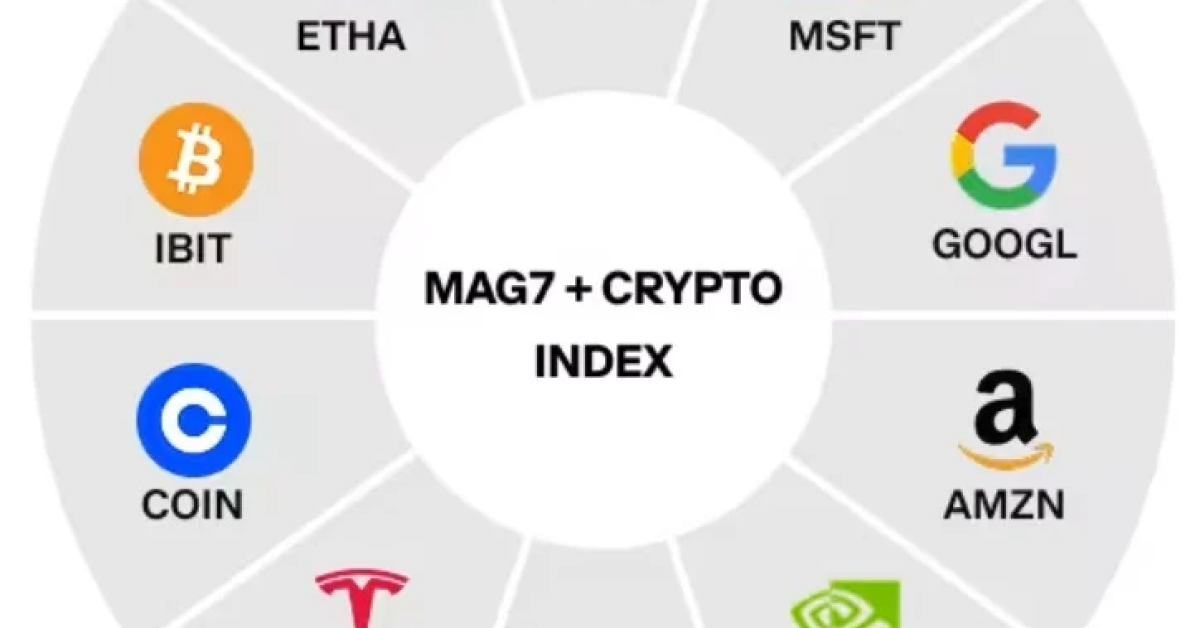Introduction to Cryptocurrency Trading: Basics and Strategies
Cryptocurrency trading has emerged as a significant financial activity, transforming the way individuals and institutions approach investments. With Bitcoin leading the charge, cryptocurrencies have gained global attention, presenting both opportunities and risks. This comprehensive article aims to equip readers with the fundamental knowledge of cryptocurrency trading, explore various trading strategies, and provide insights into the best practices for navigating this dynamic market. If you are brand new to the world of cryptocurrencies, this guide will serve as your roadmap to understanding the basic principles and effective tactics to succeed in trading.
What is Cryptocurrency Trading?
Cryptocurrency trading is the act of buying and selling digital currencies on various trading platforms, with the aim to generate profit. Unlike traditional stock trading, cryptocurrencies operate on decentralized networks based on blockchain technology. This means that trades can happen 24/7, allowing traders to capitalize on market fluctuations at any time.
Key Terms in Cryptocurrency Trading
To navigate the trading landscape effectively, it’s essential to understand some basic terms:
- Altcoin: Any cryptocurrency other than Bitcoin.
- Market capitalization (Market Cap): The total value of all coins currently in circulation, calculated by multiplying the current price of the cryptocurrency by the total supply.
- Exchange: A platform where cryptocurrencies are traded, such as Binance, Coinbase, and Kraken.
- Wallet: A digital wallet used to store your cryptocurrencies.
- Bull Market: A market that is rising or expected to rise.
- Bear Market: A market that is falling or expected to fall.
Why Trade Cryptocurrency?
Many traders are attracted to cryptocurrency because of several factors:
- Volatility: The cryptocurrency market is known for its rapid price movements, providing opportunities for significant gains (and losses) in short periods.
- Accessibility: With just an internet connection and minimal starting capital, anyone can start trading cryptocurrencies.
- Potential for High Returns: Historical data shows that the cryptocurrency sector can yield substantial profits, especially for early investors.
- Diverse Opportunities: There are thousands of cryptocurrencies available, offering numerous trading pairs and strategies.
Getting Started with Cryptocurrency Trading
Before you dive into cryptocurrency trading, follow these fundamental steps:
1. Do Your Research
Understanding the market is crucial. Stay informed about crypto trends, new coins, regulatory updates, and market sentiment.
2. Choose a Reliable Exchange
Selecting the right exchange is vital. Look for established platforms that offer security, user-friendly interfaces, low fees, and a good selection of altcoins.
3. Secure Your Investments with a Wallet
After purchasing cryptocurrencies, hold them in a secure wallet rather than leaving them on an exchange. Hardware wallets are often recommendable due to their enhanced security.
4. Start Small
Especially as a beginner, start with smaller investments while you learn the ropes. This reduces the risk of significant losses.
5. Develop a Trading Strategy
Without a solid plan, it’s easy to get lost in the market’s complexities. Here are some common strategies:
Trading Strategies in Cryptocurrency
Strategies are essential to navigate the volatile nature of cryptocurrency markets. Here are some popular trading strategies:
HODLing (Buy and Hold)
This long-term strategy involves purchasing cryptocurrency and holding onto it for an extended period, based on the belief that the market will eventually rise.
Pros:
- Less stressful since it doesn’t require constant monitoring of the market.
- Less transaction fees due to fewer trades.
Cons:
- Involves the risk of significant market downturns impacting assets long-term.
Day Trading
Day traders buy and sell cryptocurrencies within a single day, aiming to capitalize on short-term price movements.
Pros:
- Potential for quick profits through rapid trades.
Cons:
- Requires a well-timed market approach and can incur significant transaction fees.
Swing Trading
Swing traders hold cryptocurrencies for several days or weeks, attempting to capture price swings over time.
Pros:
- A balance between long-term and short-term strategies, potentially yielding higher rewards than day trading.
Cons:
- Requires patience and good market analysis skills.
Scalping
This involves making small profits multiple times throughout the day through numerous transactions.
Pros:
- Potential for quick gains from minimal price movements.
Cons:
- High transaction fees can erode profits, plus high demand for close market watching.
Risk Management in Cryptocurrency Trading
Like any form of trading, cryptocurrencies carry risks. Implementing risk management strategies is essential to protect your investments:
- Never invest more than you can afford to lose.
- Use stop-loss orders: Automatically sell your assets at a predetermined price to mitigate losses.
- Diversify your portfolio: Spread your investments across various assets to reduce the impact of a poor-performing asset.
Analysis Tools for Cryptocurrency Trading
Understanding the market better can enhance your trading performance. Here are key tools:
Technical Analysis
Using historical prices and volume data, traders can make predictions about future price movements. Common indicators include:
- Moving Averages
- Relative Strength Index (RSI)
- Bollinger Bands
Fundamental Analysis
This involves evaluating a cryptocurrency’s underlying value, assessing factors such as technology, team outline, market demand, and general sentiment around the coin.
On-Chain Analysis
Examining blockchain data, such as transaction volume and addresses, to evaluate usage and activity.
The Importance of Staying Informed
In the fast-paced cryptocurrency market, keeping updated with news and market shifts is critical. Utilizing platforms like social media, crypto news sites, and trading forums can help you stay informed.
Conclusion
Cryptocurrency trading can be a gratifying yet challenging endeavor. By understanding the basics, employing effective strategies, and adhering to sound risk management principles, you can increase your chances of success in this exciting financial landscape. Remember, while the potential for profit is significant, the risks are equally present. As you embark on your trading journey, continuous learning and adaptability are crucial for long-term success.
For more insights on cryptocurrency trading and analysis, visit yourwebsite.com.







